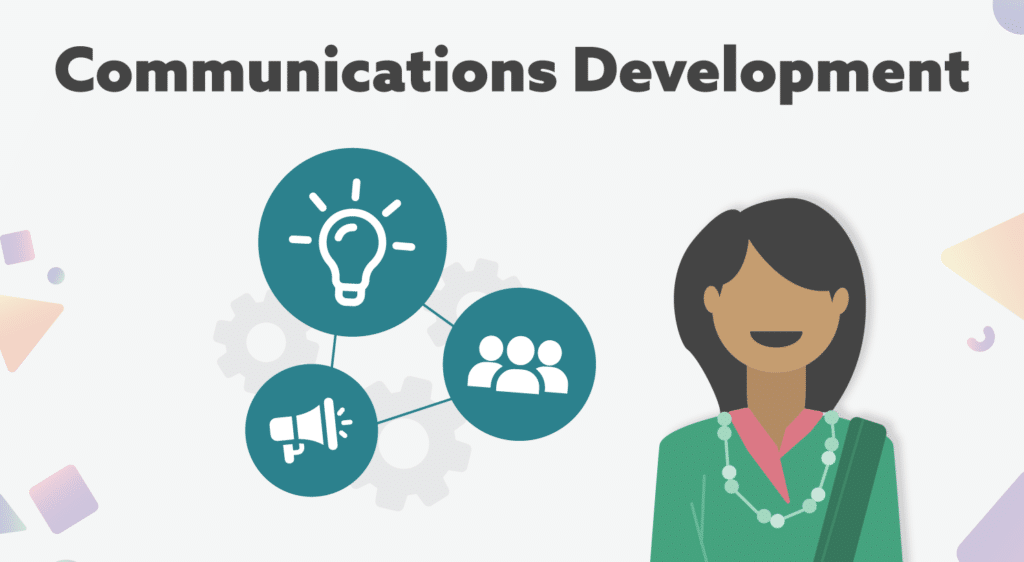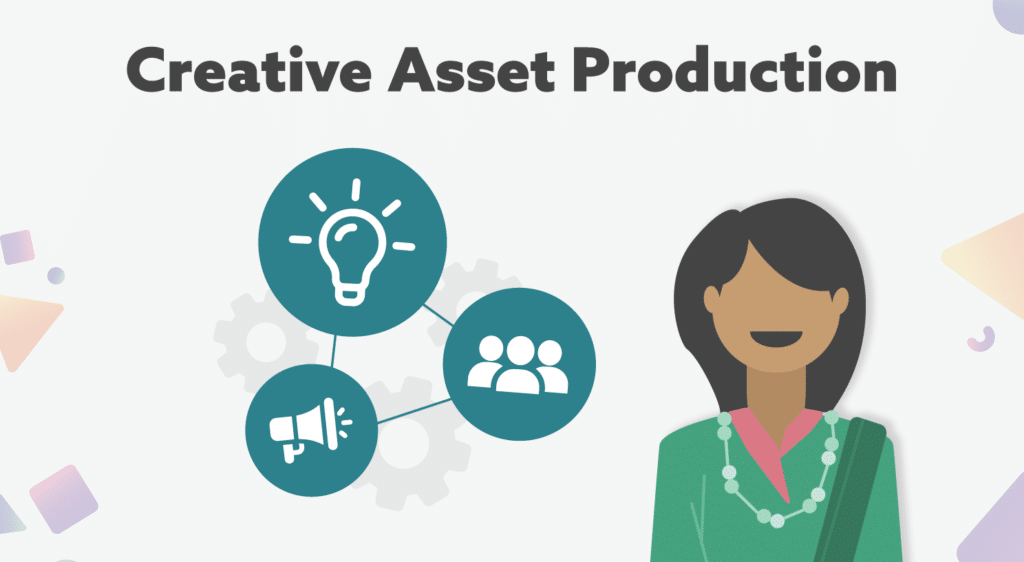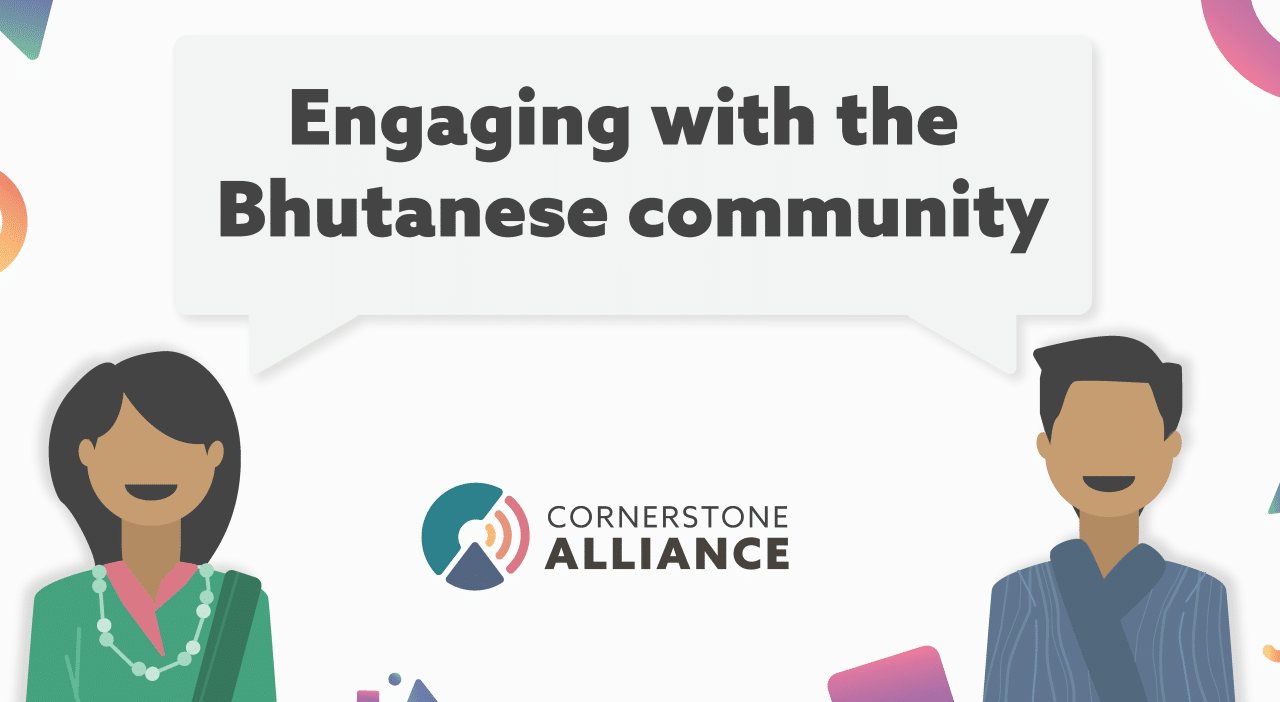Recently, Cornerstone Alliance worked with the Bhutanese community to better understand how they communicate with each other, what platforms they use, and how they consume information.
The City of Salisbury in Adelaide is home to a large population of Bhutanese people. As with most multicultural communities, Bhutanese people congregate together and choose to live in community.
We took the opportunity to engage with the Bhutanese community here in South Australia to understand what works and what doesn’t in terms of communications and marketing. I sincerely thank the Bhutanese community for their friendly, warm, and sincere contributions to the engagement session. I also want to acknowledge the work of Lal Rai from the Australian Refugee Association and former chairperson of the Bhutanese Australian Association of South Australia and thank him for his support.
For the interest of those tasked with communications and crucial messaging on behalf of government and non-government agencies, the following takeaways may offer useful guidance:

1. Mass-translated print materials DO NOT WORK
Unfortunately, Bhutanese people are largely illiterate in their own language so translated materials are of no use. Consider also that the ‘text-book’ style language translates very poorly so use a specialised agency to help you get the messaging right. If mere translation is your way of ticking a box to conform to ‘inclusive and diverse’ policy, you are not doing well enough.
2. Go AUDIO
The Bhutanese community prefers to listen to messages rather than read them. The best ways are to ask them directly what they would like to receive, but short form audio bites are usually the way to go. Remember to verify your content before you publish.

3. VIDEO with role-play
The community expressed that they understand best when the message is delivered via role-play and they prefer video over audio. This makes the scenario easy to understand and is perceived with greater credibility.

4. Try HUMOUR
Having mostly come from refugee camps and often struggling with post-traumatic stress, the Bhutanese community appreciates a bit of humour in the messaging and delivery of communications. Again, check in with a member of the community to confirm if your messaging is culturally appropriate.

5. Confirm LANGUAGE choice with community
Most Bhutanese people who have resettled in South Australia are from a refugee background and spent more than two decades in exiled life in Eastern Nepal, meaning that they speak Nepali, not Dzongkha. Please make sure you are checking the language before you endeavour to engage with the Bhutanese community.
6. A preference to have community engagement BEFORE receiving communications
If you want a message to be received effectively, engage directly with the Bhutanese community to test your messaging and ascertain which marketing tools will ensure your campaign generates the impact you are looking for.
Cornerstone Alliance is privileged to be working as the communications and marketing partner to both of Australia’s peak multicultural national bodies, FECCA (Federation of Ethnic Communities Council Australia) and NEDA (National Ethnic Disability Alliance), delivering campaigns on behalf of them federally.

If you are a government agency or NFP looking to engage with the multicultural community, Cornerstone Alliance has a team of people who can support your multicultural and CALD communications from start to finish.
Get in touch with us to discuss your project.
hello@cornerstonealliance.com.au
